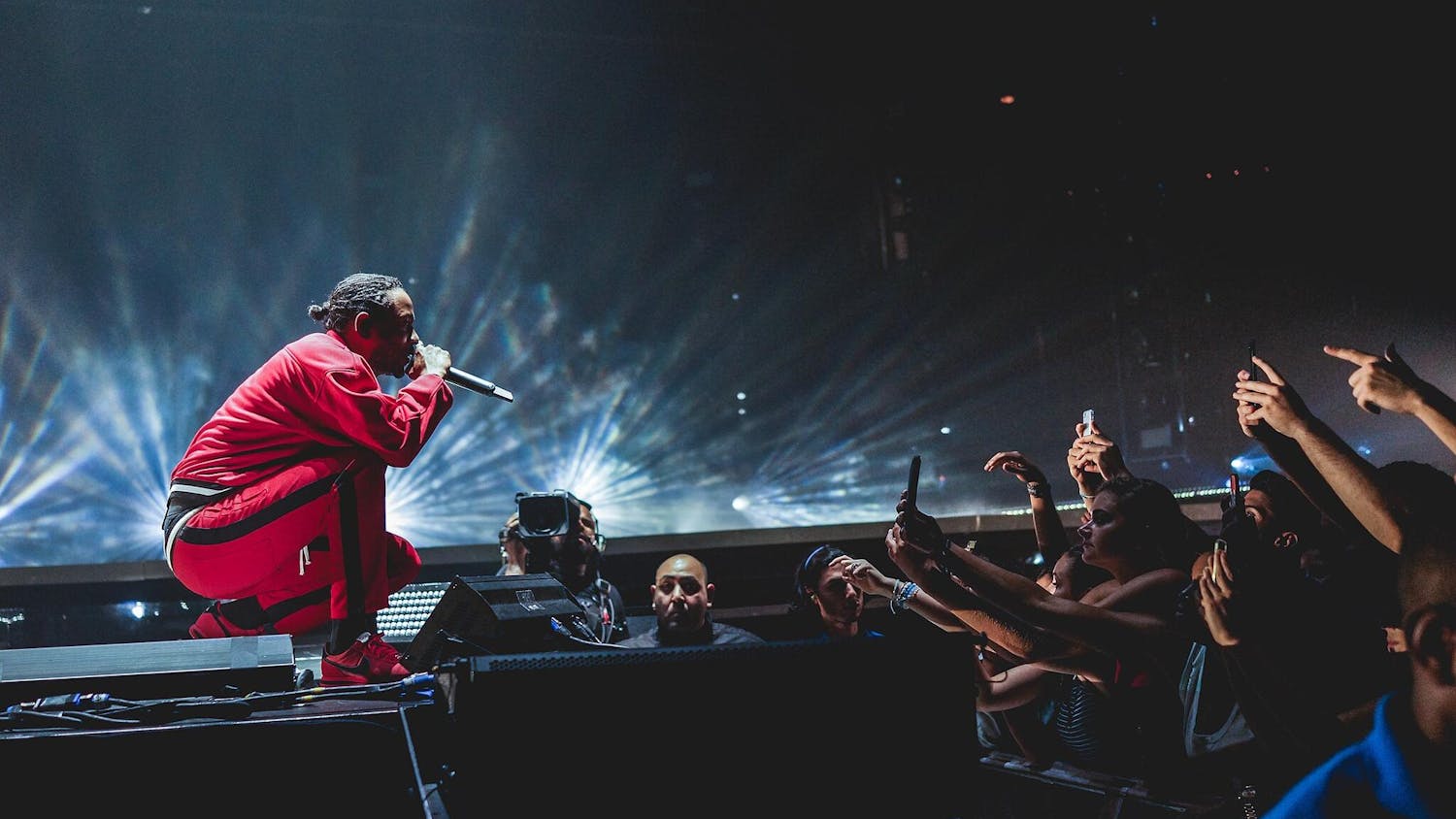The Boston Ballet kicked off Mikko Nissinen’s “The Nutcracker” at the Boston Opera House on Nov. 29. Now in its 42nd year, “The Nutcracker” has long been considered “New England’s #1 Holiday Tradition,” according to the Boston Ballet website. The show will run through Dec. 29, employing over 250 Boston Ballet students in 43 performances. This is only the second year of Nissinen’s version of the production, so the experience is still fresh and exciting for both the dancers and audience members.
This year will showcase the incredible talent within the company, including the debut of new additions to the roster, principal dancers Petra Conti and Eris Nezha. Among the lead dancers is ballerina Misa Kuranaga, who plays both the Sugar Plum Fairy and the Snow Queen.
Alexandre Dumas, p?re’s libretto “The Tale of the Nutcracker” (1844), which itself is an adaptation of E.T.A. Hoffmann’s story “The Nutcracker and the Mouse King” (1816), serves as the basis of Nissinen’s “The Nutcracker.”
The dance tells the tale of young girl named Clara who receives a nutcracker as a gift on Christmas Eve. After everyone has gone to sleep, her nutcracker magically transforms into a prince, who leads her through an enchanted forest, combats a mouse king and ultimately brings her to his kingdom — until she awakens from the dream. Tchaikovsky’s beloved score, performed by the Boston Ballet Orchestra, accompanies the performance.
Mikko Nissinen’s impact
Nissinen began as Artistic Director of the Boston Ballet and the Boston Ballet School in 2001. With Nissinen at the helm, Boston Ballet has toured around the country and the globe, including shows in Spain, Korea and Canada. Before he took over the position, the ballet hadn’t toured internationally in 16 years.
Under Nissinen, The Boston Opera House became the company’s main performance venue in 2009. The 2,500-seat theater, located in Boston’s Theater District, provides the audience with better views and includes a renovated orchestra section.
This year, audiences will watch the second annual production of Nissinen’s edition of “The Nutcracker.” Set designer Robert Perdziola, with whom Nissinen worked closely, chose to set this production in the early 1800s — about 20 years earlier than the show’s previous iteration.
This was Perdziola’s first commission with the company, and his work has been received as an incredible success. He designed over 350 handmade costumes, each one custom painted. Young Clara exemplifies the era of the piece — her bonnet and dress in the first scene making her look like a young character from a Jane Austen novel.
Relocation to the Boston Opera House has had a magical effect on the viewing experience. The set contains an impressive amount of moving scenery, including Christmas presents that open to reveal dancing toys and a sleigh for the Snow Queen and King. One chandelier is hung above the prince’s throne, while others are suspended above the heads of the audience. Pounds of falling snow, cannons shooting enormous candies wrapped in red and gold and an almost 43-foot Christmas tree, brilliantly detailed with 600 ornaments, add to the dazzling and fantastical effects of the set.
A dancer’s perspective
But new innovations come with difficulties for the dancers. Principal dancer Kuranaga says that adapting to set changes has forced her to work much harder.
“Visually, it is perfection from the audience’s view, but because we’re so new to it we’re still trying to figure out problems,” Kuranaga said. “My costume is beautiful but hard to dance in. It’s very stiff and not broken in.”
According to Kuranaga, the new, slippery floor also poses difficulties, especially when falling snow piles up on stage.
She is grateful, however, that the production will run until the end of December, giving dancers the opportunity to improve with each show.
“More shows means more chances for revision,” Kuranaga said.
In particular, she hopes to continue to improve the dance of the Sugar Plum Fairy.
“It’s one of the hardest things I’ve ever done. It seems really easy, but it’s a lot of footwork,” she said.
Luckily, Kuranaga has some support. She works closely with ballet master Larissa Ponomarenko, who has helped her develop as a dancer.
“My dancing has changed, and I have much more to think about now,” Kuranaga said. “It’s so much deeper.”
She added that one of the most meaningful parts of the preparation process is her collaboration with Ponomarenko.
“We’re making a product together,” Kuranaga said. “To make something amazing you have to do it together.”12






